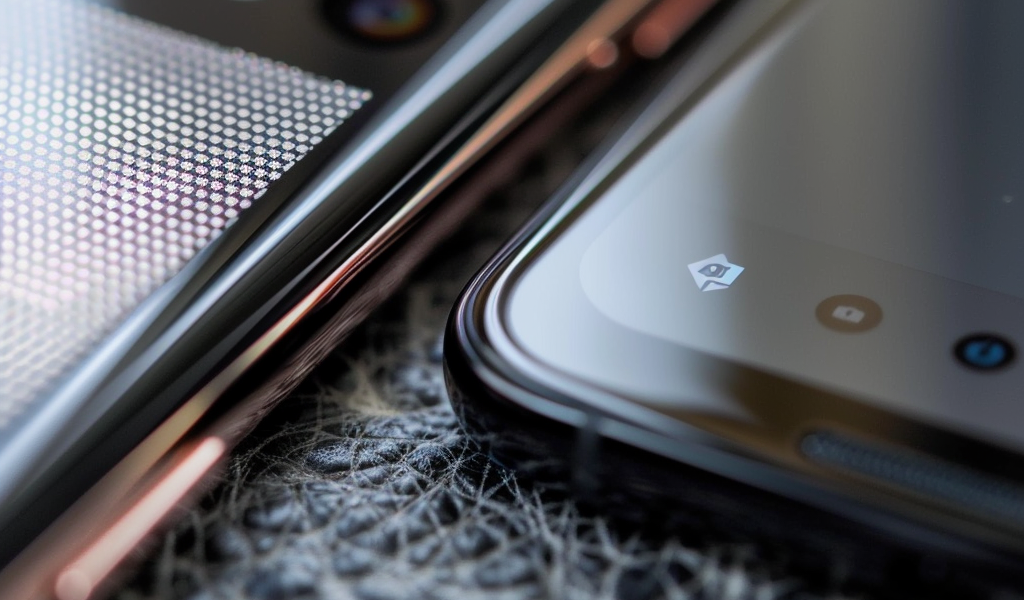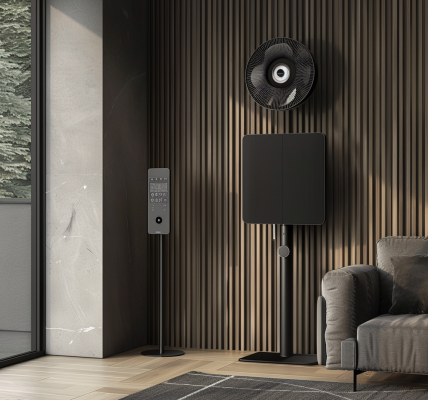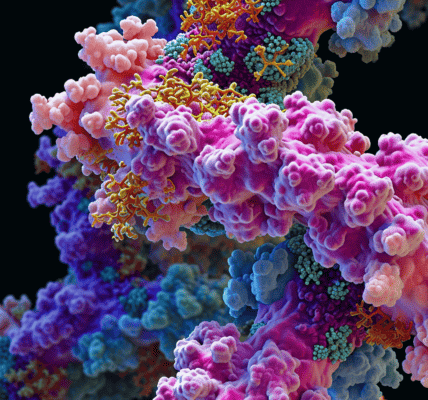NASA Develops Tiny Yet Mighty 36-Pixel Sensor
While NASA’s James Webb Space Telescope is helping astronomers craft 122-megapixel photos 1.5 million kilometers from Earth, the agency’s newest camera performs groundbreaking space science with just 36 pixels. Yes, 36 pixels, not 36 megapixels.
The X-ray Imaging and Spectroscopy Mission (XRISM), pronounced “crism,” is a collaboration between NASA and the Japan Aerospace Exploration Agency (JAXA). The mission’s satellite launched into orbit last September and has been scouring the cosmos for answers to some of science’s most complex questions ever since. The mission’s imaging instrument, Resolve, has a 36-pixel image sensor.
It’s not often that a person could look at an image sensor with the naked eye and see individual pixels. This six-by-six pixel array measures 0.2 inches (five millimeters) per side, which is not so different from the image sensor in the Apple iPhone 15 and 15 Plus. The main camera in those smartphones is eight by six millimeters, albeit with 48 megapixels. That’s 48,000,000 pixels, just a handful more than 36.
This graphic, courtesy of NASA, shows the size of a single pixel on the Resolve camera (left) versus a pixel in a typical smartphone camera (right).





